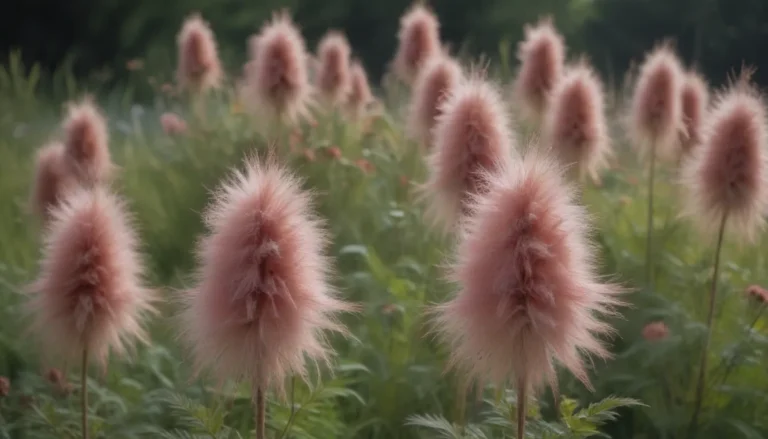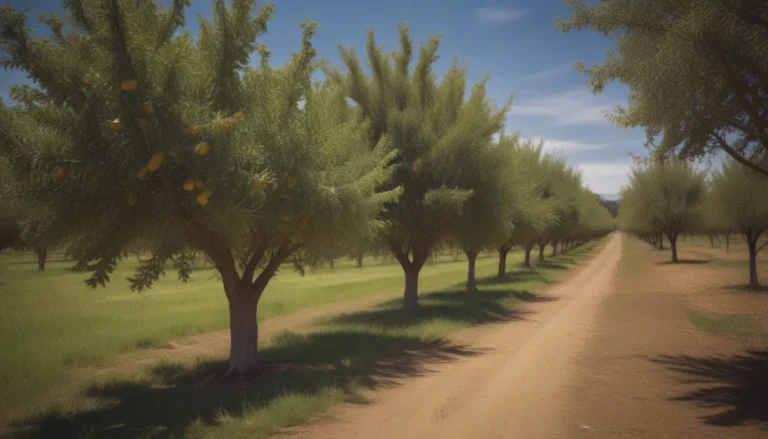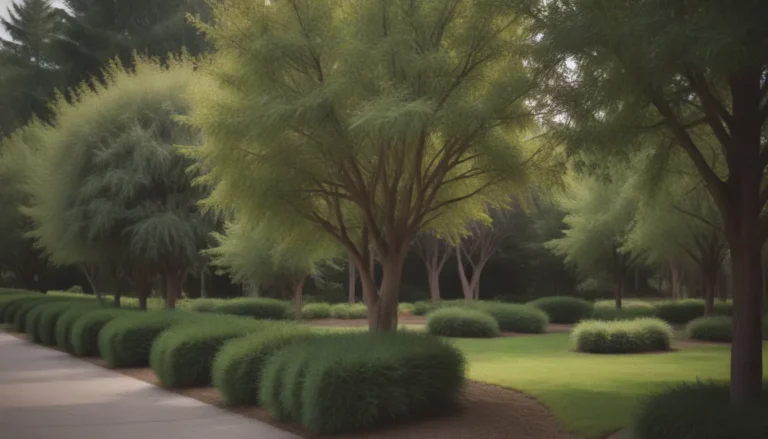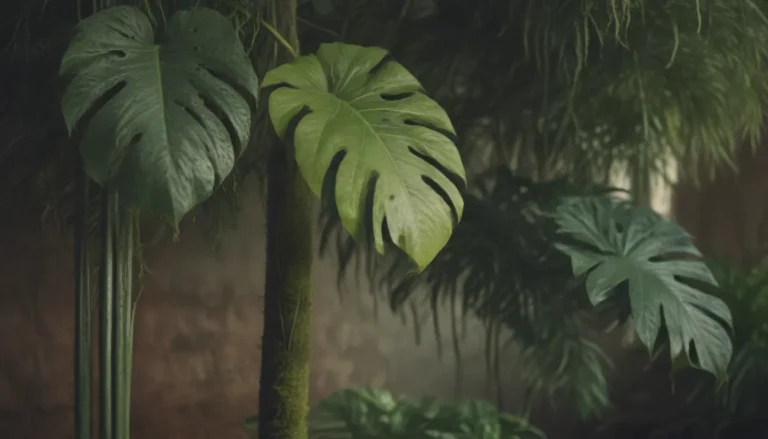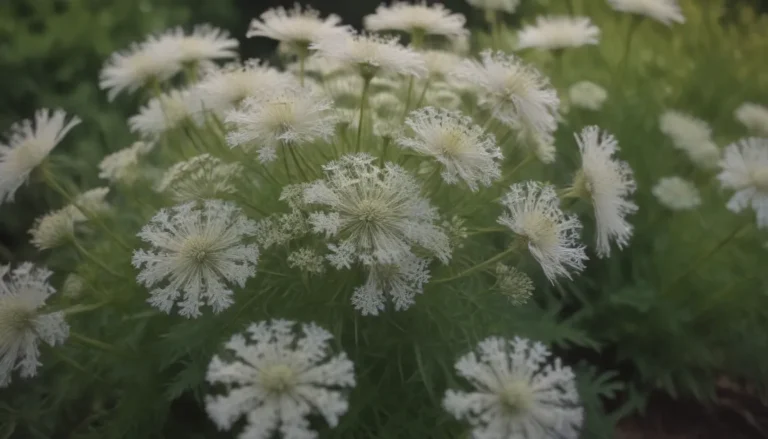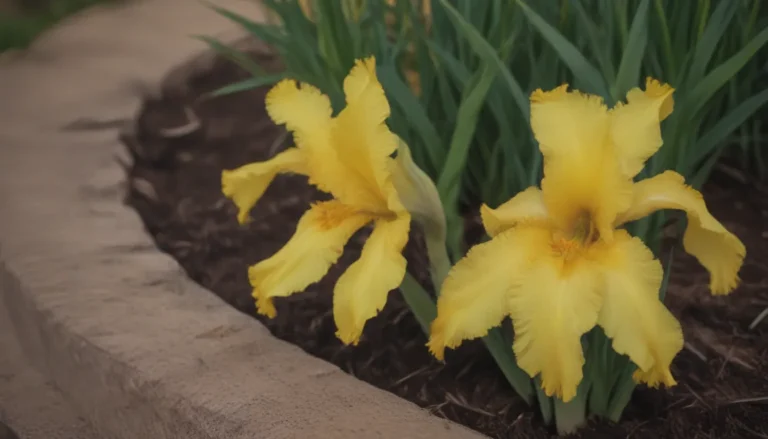The Ultimate Guide to Growing and Caring for Evening Primrose
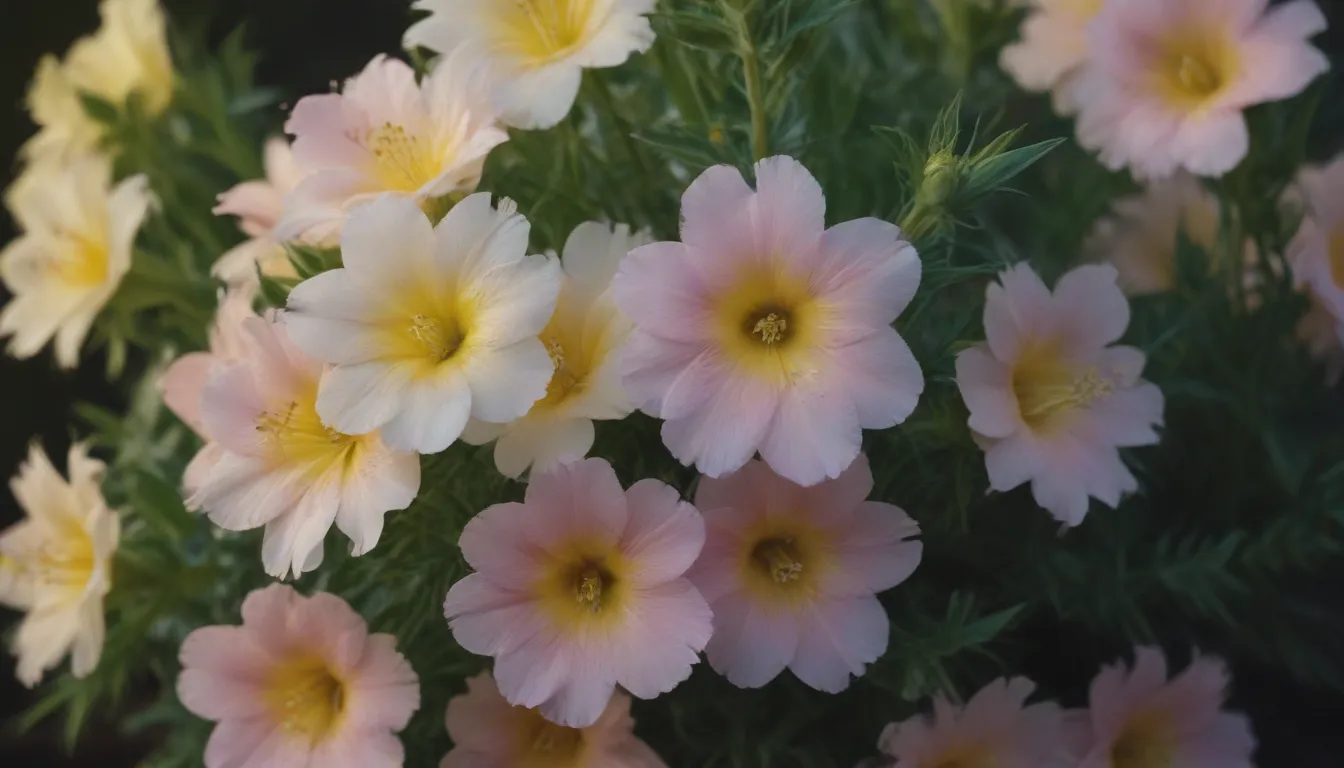
Are you fascinated by the delicate beauty of evening primrose? Or perhaps you’ve heard that this flower can be quite the wild and unruly weed in your garden. Whichever side of the spectrum you fall on, evening primrose (Oenothera biennis) is a plant with a lot of character and charm. Native to North America, this herbaceous perennial delights with its fragrant, lemon-scented yellow blooms that open in the late afternoon and evening, attracting nocturnal pollinators like moths and bats.
Getting to Know Evening Primrose
Evening primrose is a captivating flower to grow, but it does have a reputation for being a bit invasive. Here are some key points to consider if you’re thinking about adding this enchanting plant to your garden:
- Appearance: Fragrant yellow flowers with four petals bloom above a rosette of leafy stems.
- Growing Season: Sow in late fall for blooms in the second year, typically in summer.
- Self-seeding: Evening primrose can spread rapidly, so proper care is essential.
- Light: Requires full sunlight or partial shade for at least 6 to 8 hours daily.
- Soil: Well-draining soil is crucial to prevent root rot; mulch can help retain moisture.
- Water: Needs regular watering, especially in hot climates, but avoid overwatering.
- Temperature and Humidity: Prefers cooler climates for healthy growth and flowering.
- Fertilizer: Not necessary, but organic amendments can improve poor soil quality.
Evening Primrose Care
If the idea of nurturing evening primrose in your garden sounds exciting, here are some essential care tips to help your plants thrive:
- Planting: Choose a sunny spot with well-draining soil for optimal growth.
- Deadheading: Snip or pinch off spent blooms to prevent self-seeding.
- Invasive Nature: Keep a close eye on evening primrose to prevent spreading.
Beyond its captivating appearance and potential invasiveness, evening primrose also has a rich history in traditional medicine. The plant’s roots, shoots, and seeds are edible and have been used to treat various ailments like skin disorders and pain issues associated with diseases such as multiple sclerosis and rheumatoid arthritis.
Growing Evening Primrose From Seed
While evening primrose is often grown from seed, you can also collect seeds from wild plants along roadsides. Here’s how to start your own evening primrose garden from seed:
- Planting: Sow seeds in autumn in a sunny location with well-cultivated soil.
- Germination: Thin seedlings to 1 foot apart after germination.
- Cold Stratification: Mimic natural chilling by refrigerating seeds before planting.
- Blooming: Expect blooms in the second year, starting in summer.
As your evening primrose plants mature, watch out for common pests like beetles and garden pests like aphids. Treat any signs of infection promptly to protect your plants and preserve their beauty.
Common Problems and Solutions
While evening primrose is generally low-maintenance, it can face some issues like bacterial soft rot or fungal diseases that may impact its growth. Here are some common problems and solutions to keep your evening primrose thriving:
- Decaying or Wilting: Bacterial soft rot can occur in soggy soil or humid conditions. Ensure proper drainage to prevent root rot.
- Yellowing Foliage: Fungal diseases can lead to discoloration and stunted growth. Remove infected plants to prevent the spread.
- Discoloration: Gray mold can cover the plant with fuzzy spots. Remove affected plants to protect neighboring flora.
Evening primrose’s resilience and versatility make it a popular choice for both gardeners and herbal enthusiasts. Whether you’re captivated by its beauty or interested in its medicinal properties, evening primrose is a delightful addition to any landscape.
In conclusion, evening primrose is a charming and versatile plant that can thrive in various garden settings. By following these care tips and being mindful of its potential invasiveness, you can enjoy the beauty and benefits of evening primrose in your own garden. Happy gardening!
